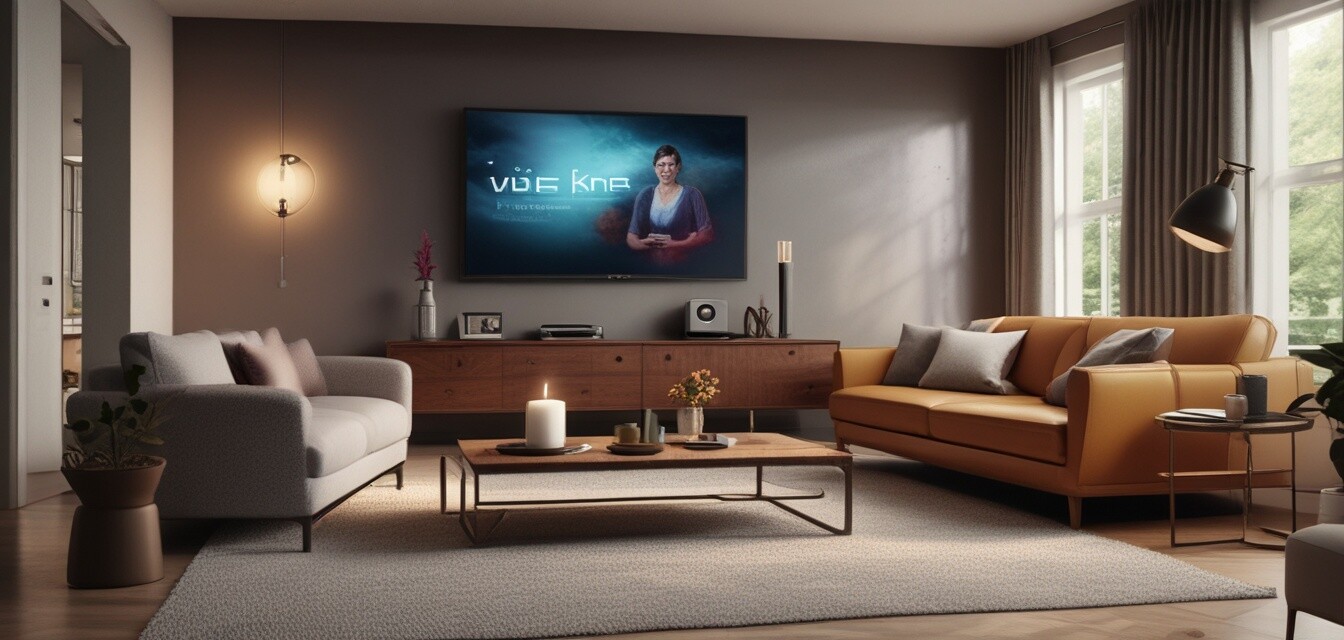
Adapting Smart Devices for Seniors with Hearing Loss
- Identify smart devices with visual alerts for notifications and alarms.
- Adjust sound settings to make voice recognition clearer.
- Integrate assistive listening devices with smart technology.
- Choose smart home devices that can be personalized for individual needs.
- Consider visual alternatives to sound notifications for daily alerts.
As technology continues to advance, smart home devices are becoming essential tools for enhancing the lives of seniors, especially those with hearing impairments. These devices can offer considerable assistance by providing real-time information and alerts. This article focuses on practical tips on how to adapt smart devices to better serve seniors with hearing loss, ensuring they can live comfortably and independently.
Why Adapt Smart Devices?
Adapting smart devices isn't just about improving technology; it's about enhancing communication and safety for seniors. For individuals with hearing loss, traditional alerts such as doorbells, alarms, or phone calls may not be effective. By modifying these devices, we can create a more inclusive and supportive environment.
Strategies for Adapting Smart Devices
Below are several strategies and suggestions to help seniors with hearing loss utilize smart home technologies more effectively.
1. Use Visual Alerts
Many smart devices can be programmed to provide visual notifications instead of sound. Consider the following:
- Smart doorbells that have built-in cameras and flash when someone is at the door.
- Smart smoke detectors that flash lights and send alerts to mobile devices.
- Smart speakers that use visual cues, such as a display, instead of just audio notifications.
2. Adjust Sound Settings
Some smart devices allow you to customize sound settings:
- Increase clarity and volume for voice responses.
- Reduce background noise to improve audio quality.
- Utilize modes tailored for hearing difficulties, if available.
3. Integration with Assistive Listening Devices
If the senior uses hearing aids or cochlear implants, compatibility with smart home devices is crucial:
- Choose smart speakers that connect directly to hearing aids via Bluetooth.
- Look for sound amplifiers that enhance phone calls through smart devices.
- Consider devices that have the capability to connect with wireless hearing services.
4. Personalization and Customization
Every senior has different needs. Consider:
- Configurable settings that allow for different types of alerts (vibrations, lights, etc.).
- Using apps to adjust the functionality of smart devices easily.
- Creating routines that include reminders through visual or tactile means.
5. Alternatives to Sound Notifications
Adapting sound notifications is essential:
- Apps that send notifications directly to a smartphone through vibrations.
- Creating a communication system using light signals for alerts.
- Smart appliances that can send alerts through visual displays instead of audio.
Popular Smart Devices to Consider
Here’s a table summarizing various smart devices that can assist seniors with hearing impairments:
| Device Type | Features | Benefits for Seniors |
|---|---|---|
| Smart Doorbell | Camera, motion detection, visual notifications | See who is at the door without having to hear the doorbell |
| Smart Smoke Detector | Visual alarms, mobile alerts | Increased safety through visual means of notification |
| Smart Speaker | Voice recognition, customizable sound settings | Improved clarity via adjusted audio settings |
| Home Security System | Camera monitoring, mobile alerts | Stay informed visually about home security |
| Smart Light System | Color alerts, automation | Visual cues to alert for various notifications |
Tips for Caregivers
Caregivers play a vital role in helping seniors adapt to technology. Here are some helpful tips:
- Be patient when teaching seniors how to use new smart devices.
- Set up automated alerts and notifications for them to minimize confusion.
- Regularly check and update devices to ensure functionality.
- Encourage practicing interaction with devices to build confidence.
Conclusion
Adapting smart devices for seniors with hearing loss is not just about technology; it's about enhancing their quality of life. By implementing the right strategies and modifications, we can empower seniors to engage more fully in their surroundings, enjoy safer living conditions, and maintain their independence. Embracing technology can vastly improve their daily experiences and provide peace of mind for them and their loved ones.
Pros
- Improved safety through visual notifications.
- Enhanced user experience with personalized settings.
- Support for assistive devices offering more independence.
- Increased confidence in using everyday technology.
Cons
- Learning curve associated with new technology.
- Possible compatibility issues with existing devices.
- Ongoing maintenance and updates required for optimal use.
- Costs associated with purchasing advanced devices.
For more tips on how to use smart gadgets effectively, visit our Tips and Advice category. Explore different devices through our Connected Home Assistants and Health Monitoring Devices. By embracing technology, we can ensure that seniors live a connected and fulfilling life.